
Citroën C5 Aircross engines, drive and performance
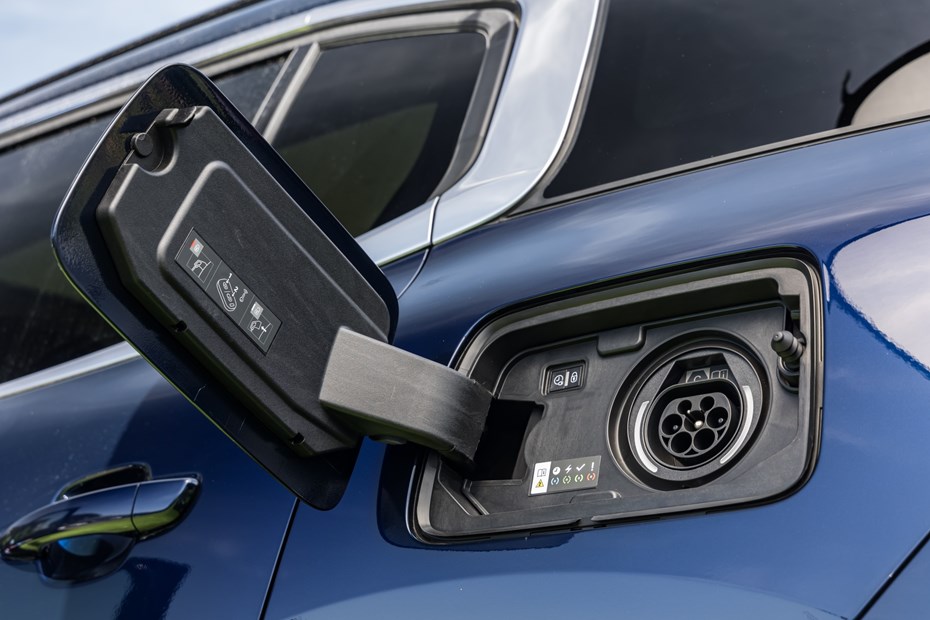
- PureTech petrol is punchy despite its small size
- PHEV is efficient and quiet
- Driving experience emphasises comfort
Petrol engine
The 1.2-litre, three-cylinder, 129hp Puretech engine is the entry-point to the Citroen C5 Aircross range. It’s quite a good little engine. It’s both refined and punchy enough for most drivers, despite its small displacement and the sheer size of the car it lugs around. Acceleration is by no means brisk, but it gets up to motorway speeds in an acceptable amount of time and cruises at 70mph all day without sounding strained.
It’s paired with a six-speed manual gearbox, giving the Aircross a 0–62mph time of 10.3 seconds. The engine sounds quite interesting when you work it hard, like a miniature V6. Ultimately, though, performance is merely adequate for this type of car. The 1.5-litre versions of popular cars like the SEAT Ateca, Skoda Karoq and Volkswagen Tiguan are usefully quicker and not much less efficient.
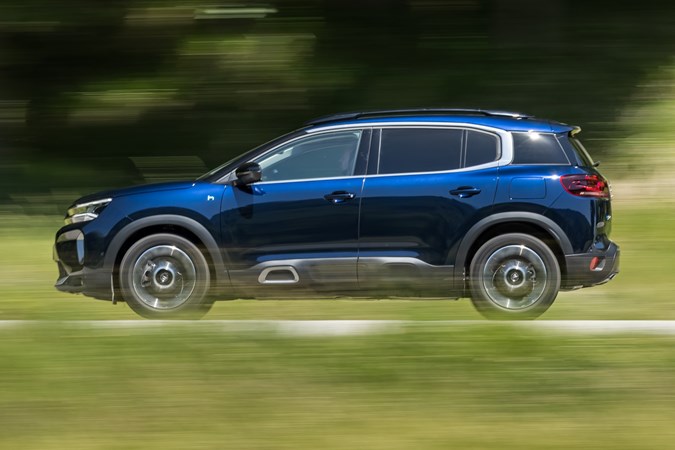
Diesel engine
The C5 Aircross is available with a single diesel engine, the 1.5-litre BlueHDi which has 129hp and 221Nm of torque. It feels a bit more muscular than the 1.2 petrol engine – which also has 129hp – at low speeds, but it’s actually no quicker. Even at higher speeds, where you should be able to take advantage of the extra torque. It’s a fair bit noisier, too.
The engine is mated to an eight-speed automatic gearbox and its extra torque really suits the transmission. You sacrifice speed for the extra comfort – 0–62mph takes a fraction longer than the petrol engine at 10.6 seconds. But it’s worth seeking out if you value 50mpg-plus fuel economy.
Hybrid engines
Citroen sells two hybrid C5 Aircross models – the Hybrid 136 and the Plug-in Hybrid. The former is a self-charging hybrid that marries a 20hp electric motor to a re-engineered version of the 1.2-litre petrol engine. It offers very similar performance to the PureTech 130 but is claimed to be 15% more economical – making it a viable alternative to the 1.5-litre diesel.
Fuel economy is indeed impressive, but the engine sounds really rather coarse under hard acceleration – onto a motorway, for instance. Floor it and you can feel the engine vibrating just before the dual-clutch gearbox shifts up. But the engine disappears into the background when you’re just cruising along. That gearbox is usually very smooth and consistent, but it won’t change down while the – very effective – regenerative braking system is active.
By contrast, the plug-in hybrid is the star of the range. It’s the most expensive C5 Aircross to buy by a considerable margin, but it offsets that with lower running costs – providing you remember to plug it into the mains to keep its battery charged.

The PHEV teams a 1.6-litre four-cylinder petrol engine with an 80kW electric motor and a 14.2kWh battery pack. It’s the fastest model in the C5 Aircross range by a country mile – still no racing car, 0–62mph taking 8.7 seconds. But you get a far more satisfying shove in your back as the petrol engine and electric motor shunt you down the road in unison.
There’s a brief pause as you push the throttle to the floor, the car’s computers figuring out how to blend the electric and petrol power smoothly. It also sounds quite coarse when you work it hard. And rivals such as the Volkswagen Tiguan e-Hybrid are faster still.
What’s it like to drive?
- Driving experience isn’t engaging
- Lots of bodyroll in corners
- But it is very comfortable
The Citroen C5 Aircross isn’t a sporty SUV, nor does it pretend to be one – and we respect it for that. Its ‘Advanced Comfort’ suspension is designed to iron out bumps at speed, which it does very well. Having said that, the body does sway from side to side noticeably on some surfaces, potentially enough to induce car sickness. A good long test drive will reveal if that’s an issue for you – and your kids.
The suspension also fidgets a bit over scruffy road surfaces, especially on the largest 19-inch wheels. The effect is less noticeable in the PHEV, due to the added weight of its battery and motor. You have to concentrate to notice this stuff, though. Ultimately, all versions of the C5 Aircross are amongst the comfiest cars in this class.
But there’s a trade-off. Soft suspension means more body roll in corners than you get in cars such as the Ford Kuga or Peugeot 3008, and that means the C5 Aircross never feels particularly agile. There’s nothing particularly wrong with the steering – it’s quite light yet nice and precise so you never doubt the car will go where you point it. The lane-keeping assist can be a bit intrusive on a country road, though.
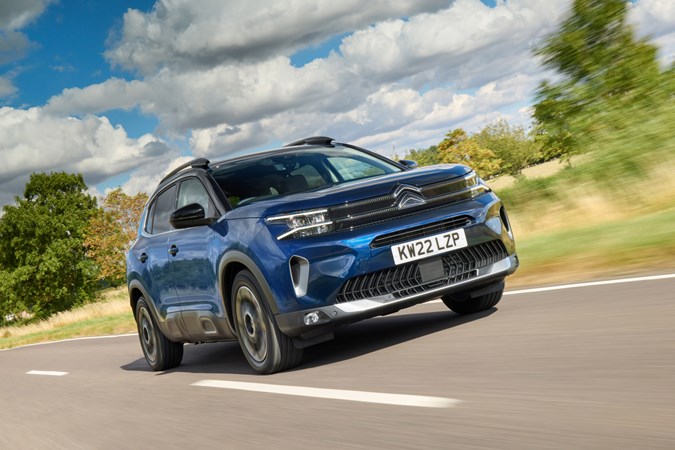
If you carry a lot of speed into a corner, you’ll find the front tyres lose grip well before the rears. That makes the C5 Aircross a safe, predictable car to drive. It’s not exciting or engaging in any way but, if you want a family SUV that can get your pulse racing, we’d steer you towards the Cupra Ateca.
Our long-term test Citroen C5 Aircross had the 1.2-litre engine with a manual gearbox, which felt like a rather strange combination in a car of this size and type. The gearshift throw is long, the knob is oddly shaped and frankly, we’ve found that the automatics fitted to the hybrid and diesel engines suit this car far better.


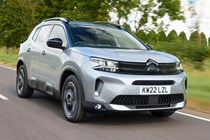
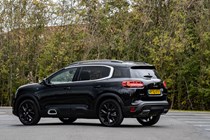
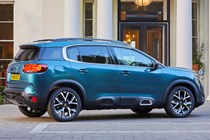

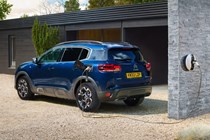



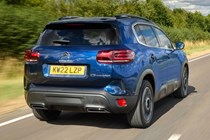

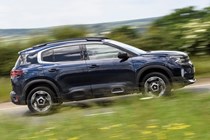

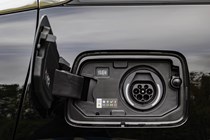
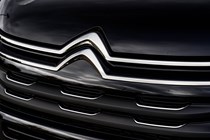
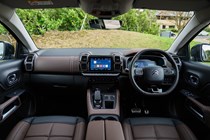
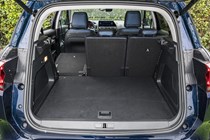
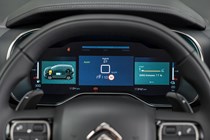
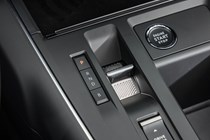
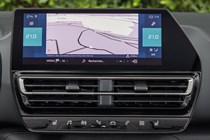
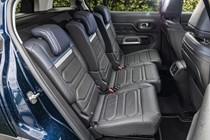


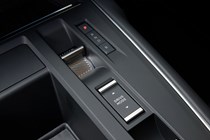
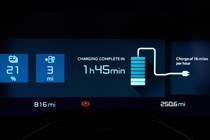
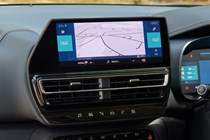
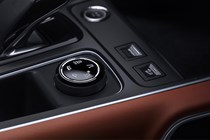
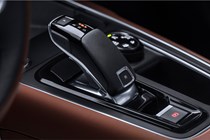
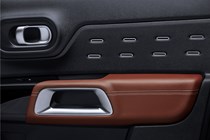
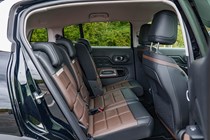
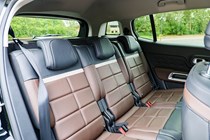
.jpg)
.jpg)
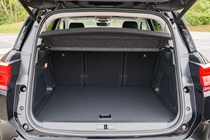
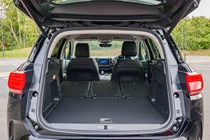
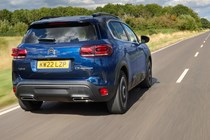






























.jpg?quality=50)
.jpg?quality=50)


